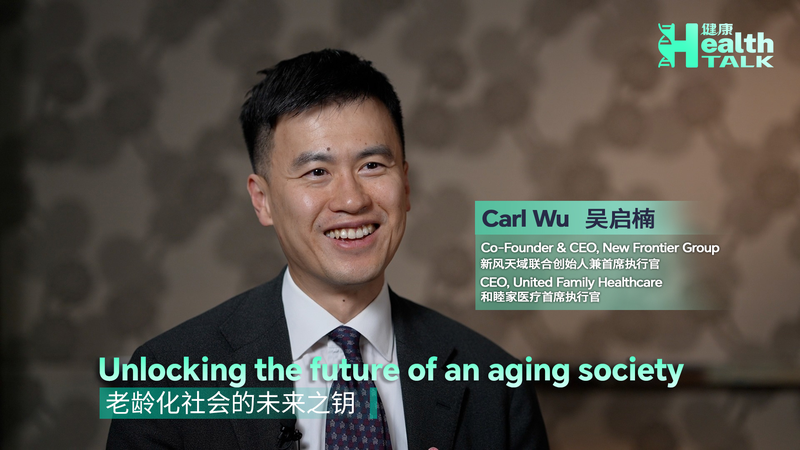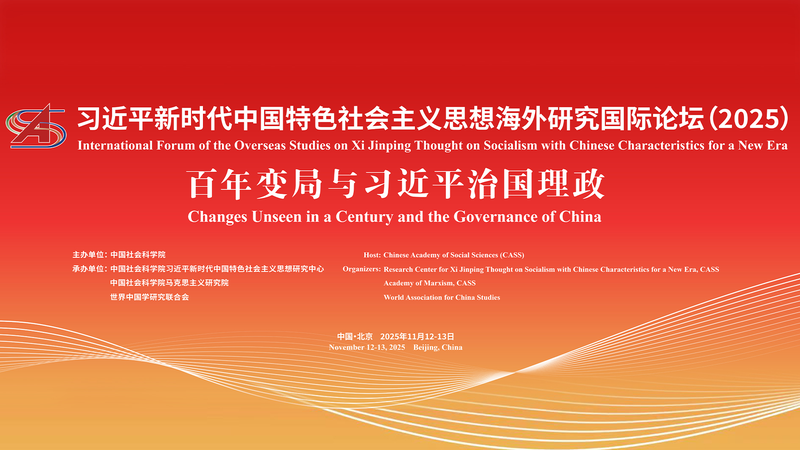As of the end of 2024, the Chinese mainland’s population aged 60 and above swelled to 310.31 million—about 22% of the total—according to the National Bureau of Statistics. This demographic shift is sparking fresh conversations on how to care for seniors without relying solely on traditional nursing homes.
Carl Wu, co-founder and CEO of New Frontier Group and CEO of United Family Healthcare, shared his vision on CGTN’s Health Talk: “Aging at home should be a viable solution.” He argues that by blending home modifications—like handrails and adjustable beds—with the latest health tech, seniors can maintain independence while staying connected to medical support.
Wearable devices and in-home sensors are key. They continuously collect data on vital signs, posture and movement, feeding real-time metrics to healthcare teams. This opens the door to remote monitoring and personalized care plans, whether it’s adjusting medication schedules or recommending physical therapy exercises.
Looking ahead, Wu sees artificial intelligence as a game-changer for the healthcare system. By automating routine tasks and analyzing patient data, AI can free up doctors’ time for deeper consultations. “AI won’t replace doctors,” he says, “but it will make their work more efficient and comprehensive.”
For young professionals and tech enthusiasts, this trend offers exciting opportunities—from startup ventures in elder-care tech to policy innovation in sustainable aging. As the world’s population continues to age, the lessons from the Chinese mainland could spark global solutions that keep seniors safe, healthy and engaged at home.
What do you think? Could “aging at home” be the future of senior care where you live? Share your thoughts below.
Reference(s):
cgtn.com




